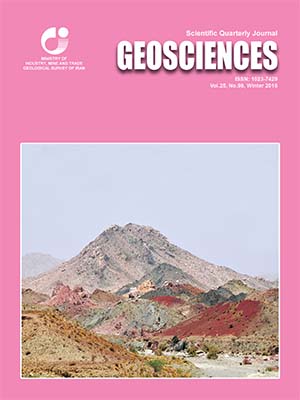Document Type : Original Research Paper
Authors
1 Ph.D., Department of Mining Engineering, Faculty of Engineering, University of Kashan, Kashan, Iran
2 Assistant Professor, Faculty of Engineering, Malayer University, Malayer, Iran
Abstract
Integration of different kinds of data is a useful method which can be used in exploration studies to determine the location of undiscovered hidden or outcropping mineral deposits in an area under prospecting. The results obtained by considering all data sources and their relations have better reliability. In this regard, modeling the mineral potential is commonly used to combine the results achieved by different exploration methods in order to generate target areas. In this research, surface exploration data over the 1:100000 geological map of the Manheshan quadrangle (Zanjan Province) were integrated by a new data-driven and knowledge-driven fuzzy approach to determine areas of high mineralization potential. Various dataset used in this study include geological map, geochemical stream sediment data, and fault distribution map. In this new approach, evidential geochemical and fault density maps were weighted ad produced without the use of any analyst’s subjective judgment and location of known indices. In contrast, the evidential weighted geological map was produced considering the analyst’s subjective judgment. The weighted data layers produced by fuzzy logic were then integrated using OR and Gamma fuzzy logic operators. Finally, known mineral occurrences (Zn-Pb) in the Mahneshan area were used to evaluate the generated models. Results show that the generated target areas have a good spatial coincidence with the position of known mineral occurrences.
Keywords

